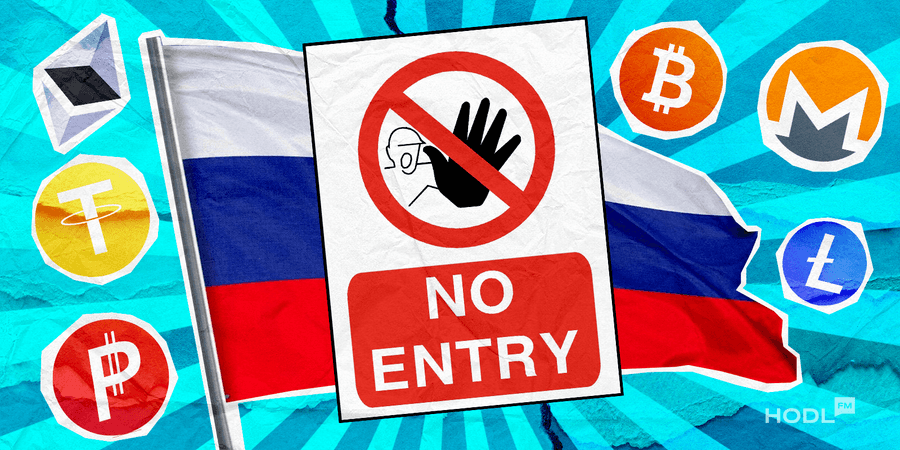The European Union (EU) has recently implemented a new package of sanctions targeting Russian nationals involved in the crypto industry. These measures aim to prevent the circumvention of previous sanctions and maintain stability in the region. Additionally, the EU plans to utilize blockchain technology to trace diamonds entering its market, enhancing transparency and accountability. Let’s delve into the details of these developments.
Today’s decision includes a ban on Russian nationals from owning, controlling or holding any posts on the governing bodies of the legal persons, entities or bodies providing crypto-asset wallet, account or custody services to Russian persons and residents.
Press release. Source: Council of the EU
EU’s Efforts to Combat Sanctions Circumvention
In an effort to achieve a just and lasting peace, the EU has adopted a twelfth package of economic and individual sanctions against Russia. This latest package prohibits Russian nationals from owning or controlling crypto service providers, thereby curbing their influence in the crypto industry. The EU aims to limit the circumvention of existing sanctions on the provision of crypto-related services.
Impact of Previous Sanctions
The European Commission (EC) asserts that the EU’s sanctions policy has already yielded positive effects on the Russian economy. Notable achievements include a significant depreciation of the ruble, an increase in interest rates from 8% to 15%, and the implementation of stricter capital controls. These measures have had a considerable impact on Russia’s economic landscape.
Related: How the Israel – Palestine War Will Impact Crypto
Concerns and Trade Figures
Despite the successes claimed by the EC, some EU leaders and critics of the current sanctions regime express concerns over growing trade figures for specific products and countries. They view these figures as potential indicators that Russia may be actively attempting to circumvent the sanctions. The EU remains vigilant in monitoring and addressing any attempts at sanctions evasion.
Blockchain for Diamond Traceability
Apart from the crypto industry, the EU has taken steps to trace diamonds entering its market using blockchain technology. Starting from January 1, 2024, diamonds must be traced from “the mine to the finger.” This traceability system involves mandatory registration and the issuance of certificates of origin using digital twins of the real diamond. All relevant information and certificates will be stored in a blockchain-based ledger, ensuring transparency and accountability.
The ban of Russian diamonds is part of a G7 effort to develop an internationally coordinated diamond ban that aims at depriving Russia of this important revenue source.
Press release. Source: Council of the EU
Opinion and Conclusion
The EU’s decision to impose sanctions on Russian nationals in the crypto industry reflects its determination to maintain control over the sector and prevent potential circumvention of existing measures. By utilizing blockchain technology to trace diamonds, the EU aims to enhance transparency and combat illicit trade. These actions demonstrate the EU’s commitment to upholding peace and stability in the region, and supporting Ukraine while ensuring compliance with international regulations.
More News from Hodl.FM:
- Australia’s Progressive Approach to CBDCs: RBA’s Vision for the Future of Money
- UK Law Commission Gets Crypto-Savvy: Proposes Bold Changes to Recognize Crypto as Personal Property
- Blockchain Gaming: These Countries Are Ready to Rule the Crypto Playground!
Disclaimer: All materials on this site are for informational purposes only. None of the material should be interpreted as investment advice. Please note that despite the nature of much of the material created and hosted on this website, HODL FM is not a financial reference resource and the opinions of authors and other contributors are their own and should not be taken as financial advice. If you require advice of this sort, HODL FM strongly recommends contacting a qualified industry professional.




